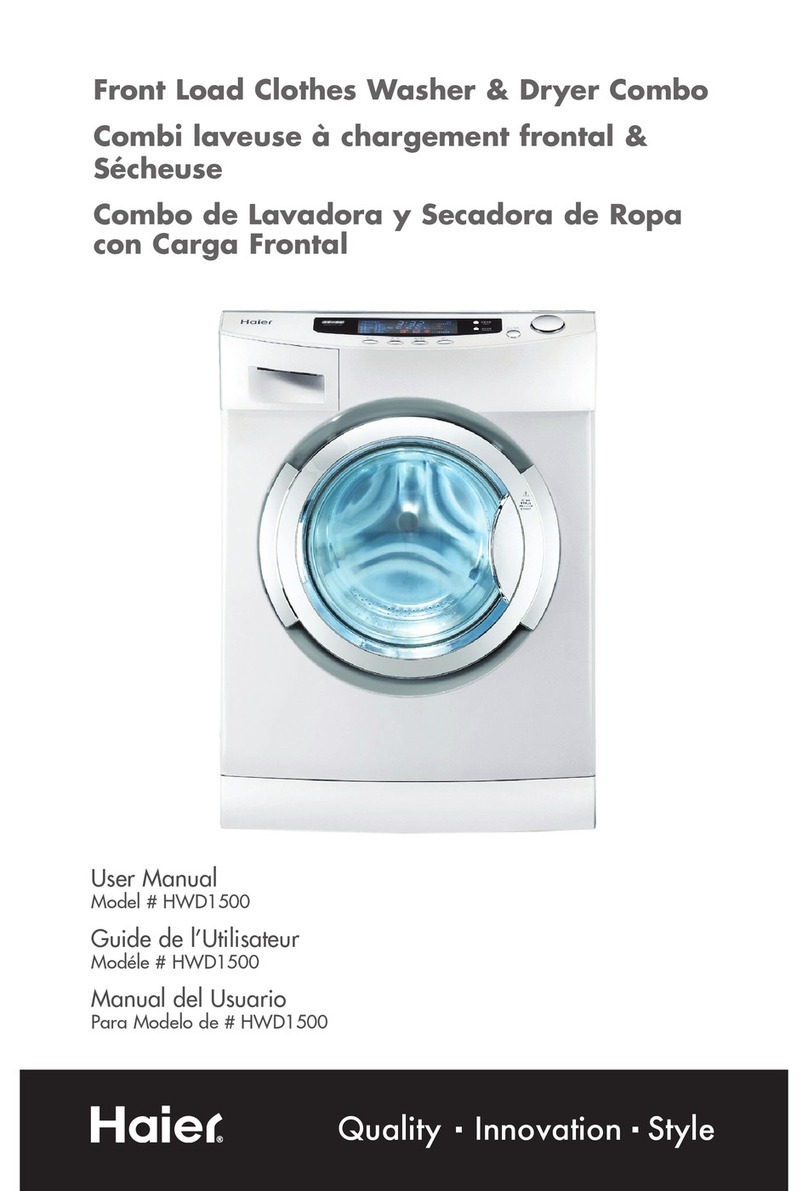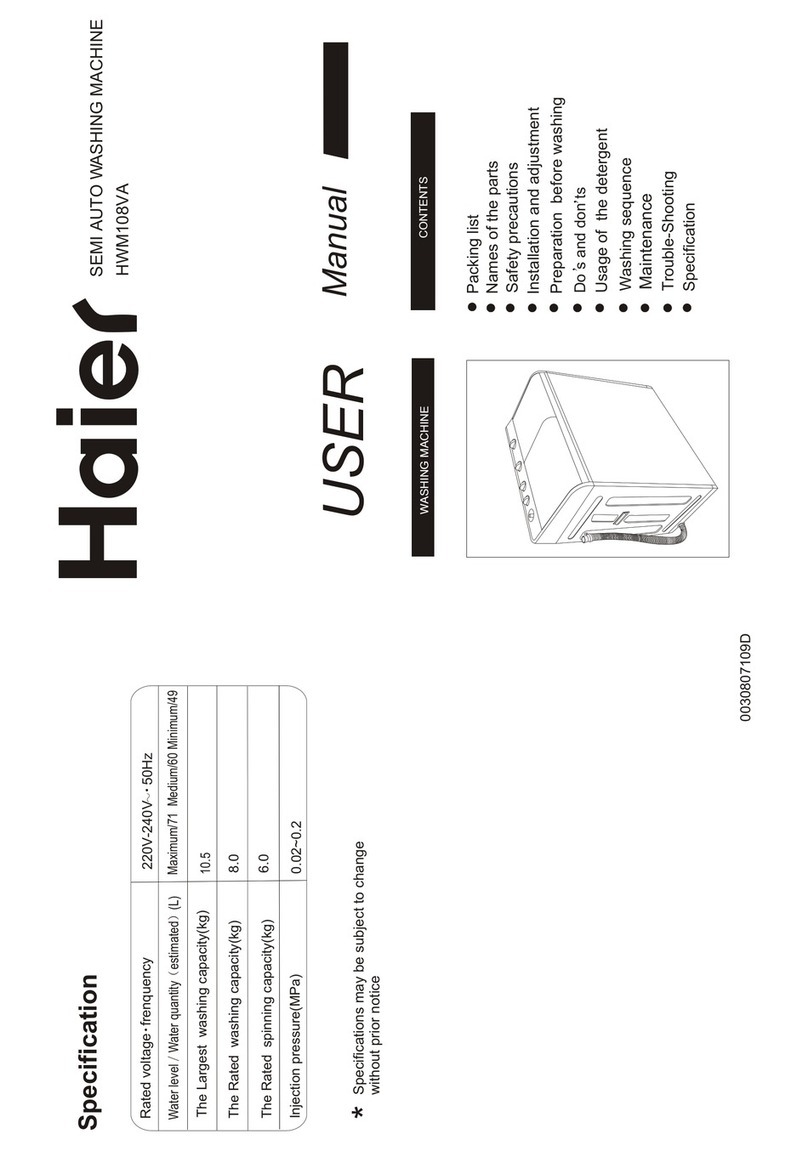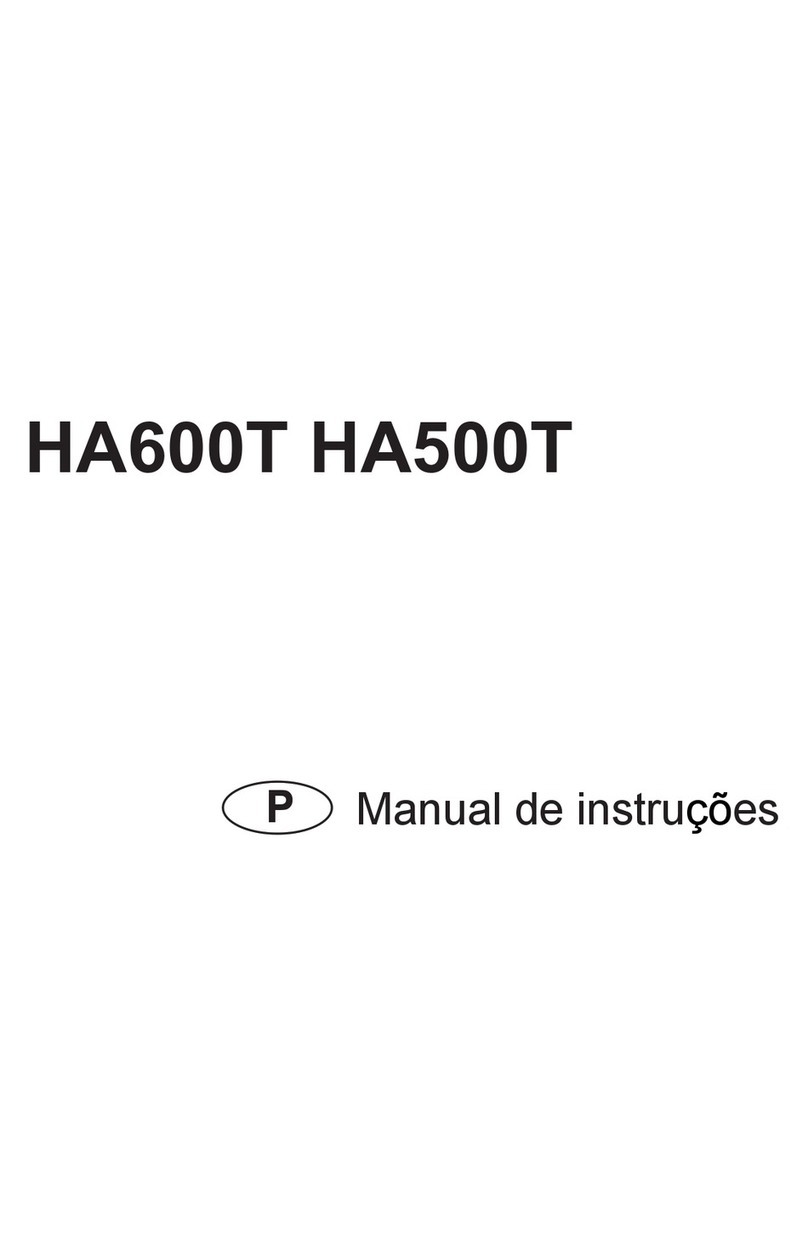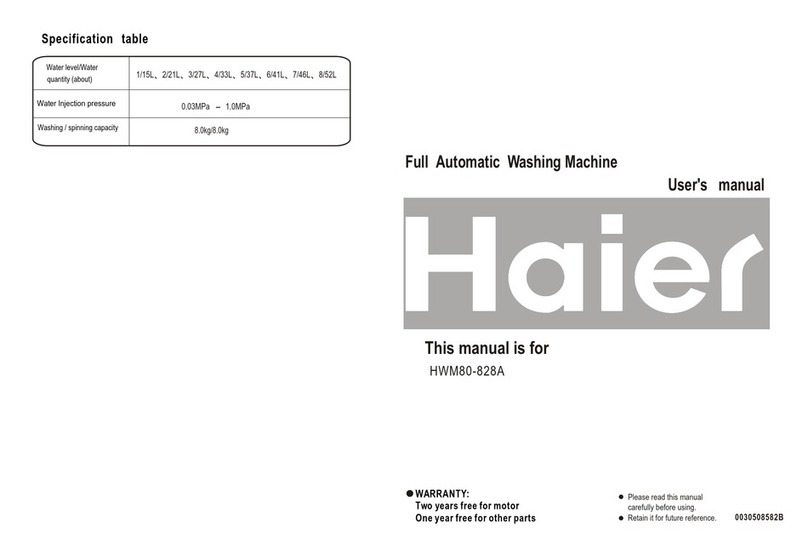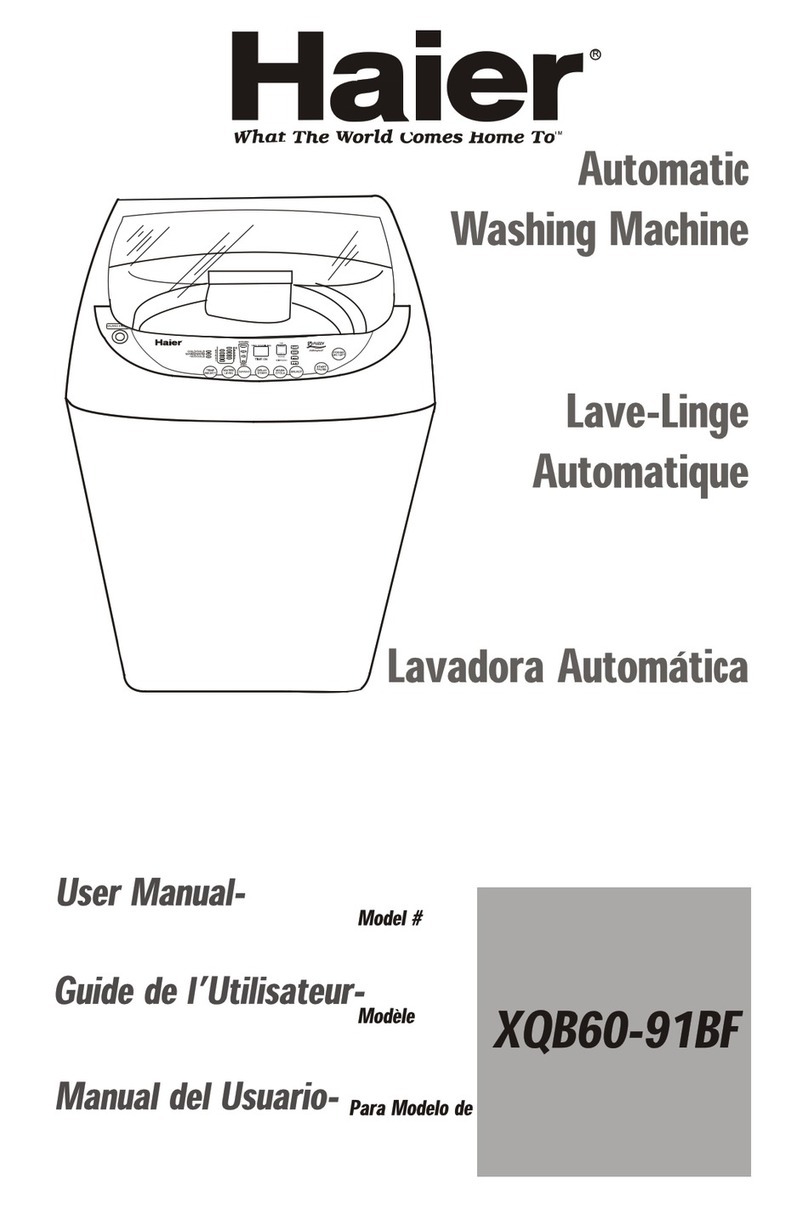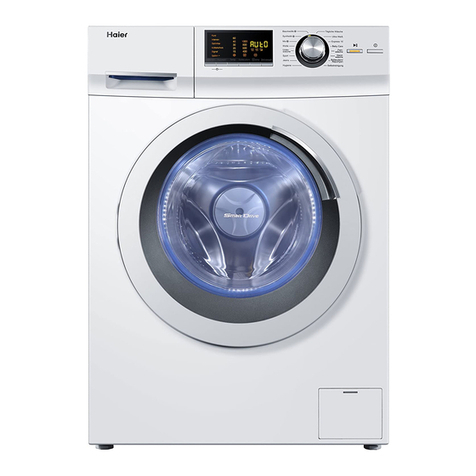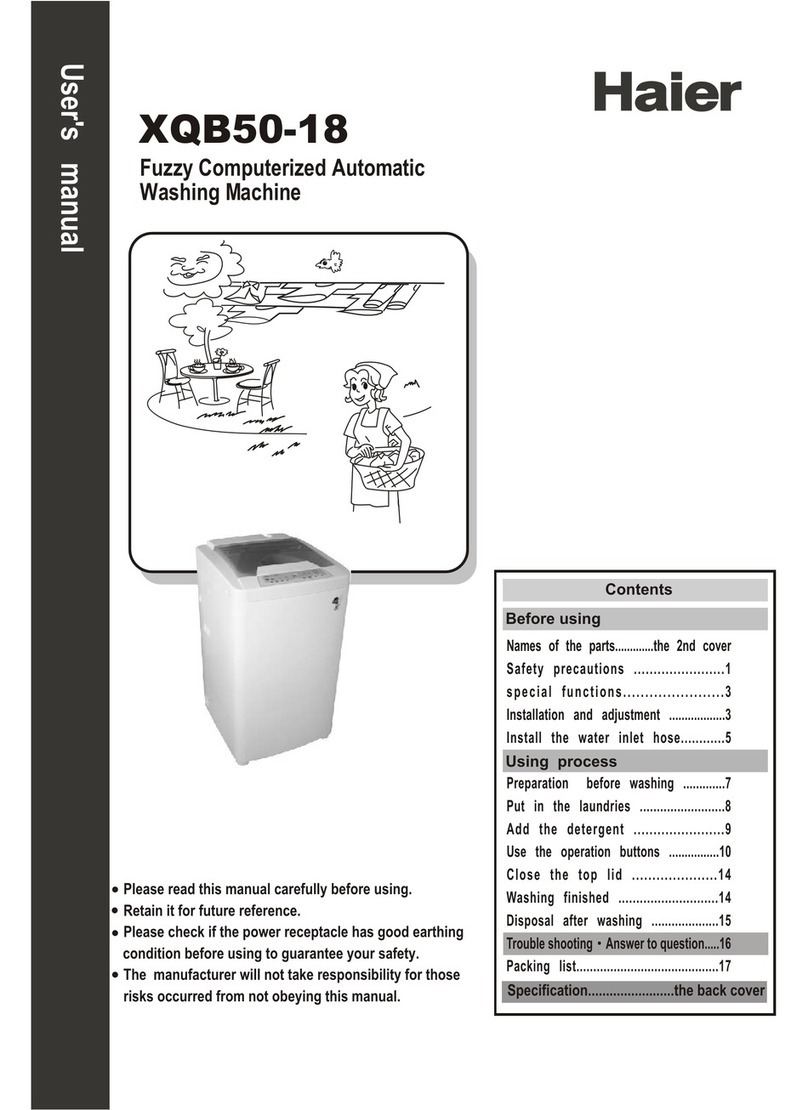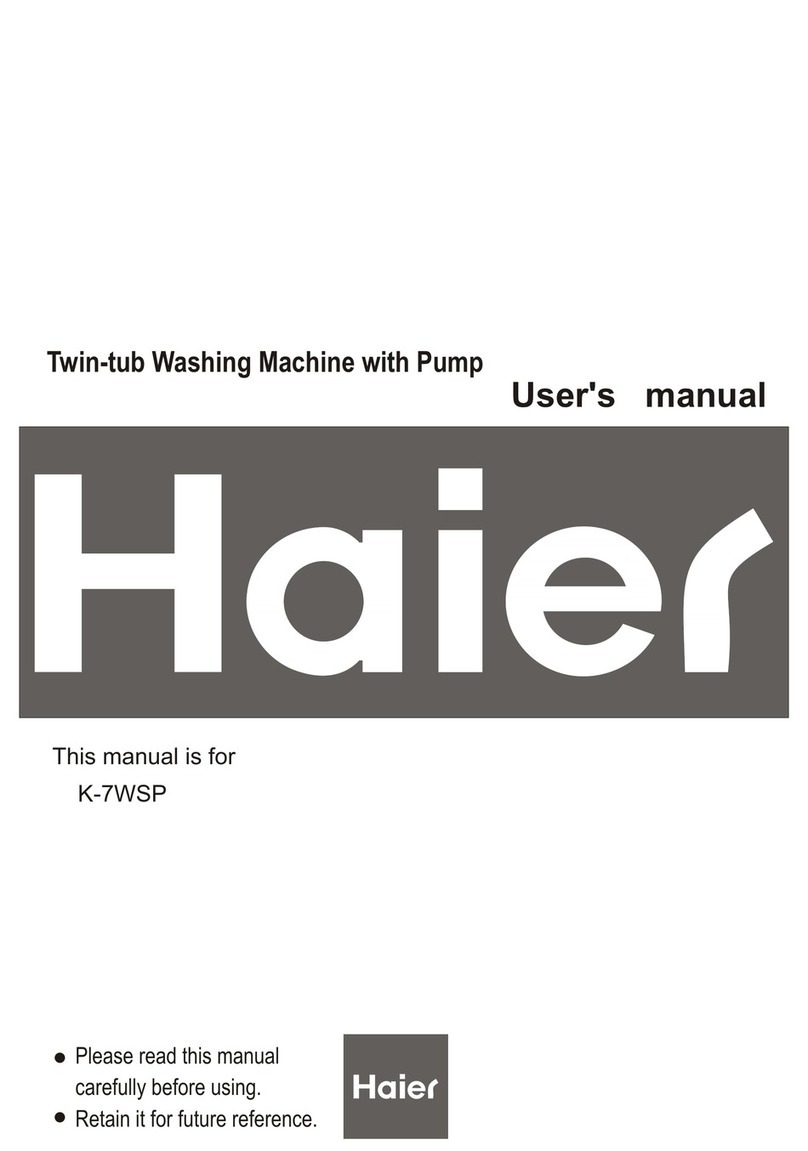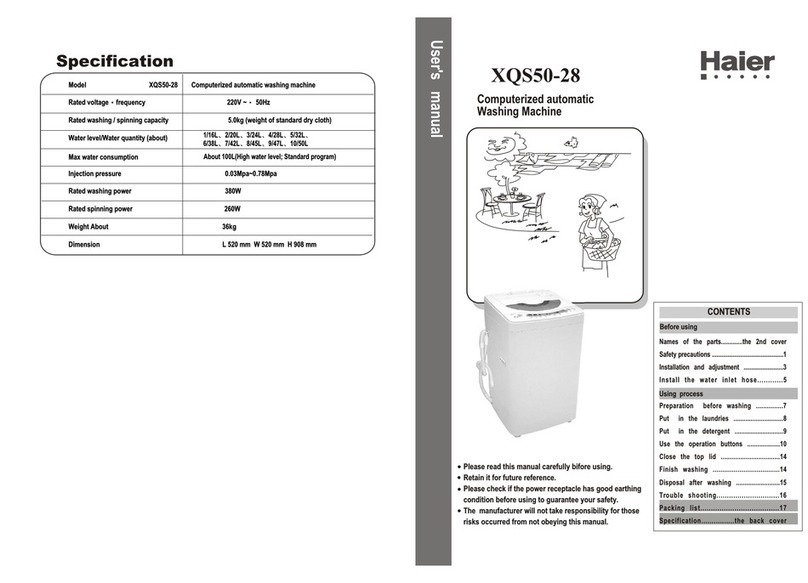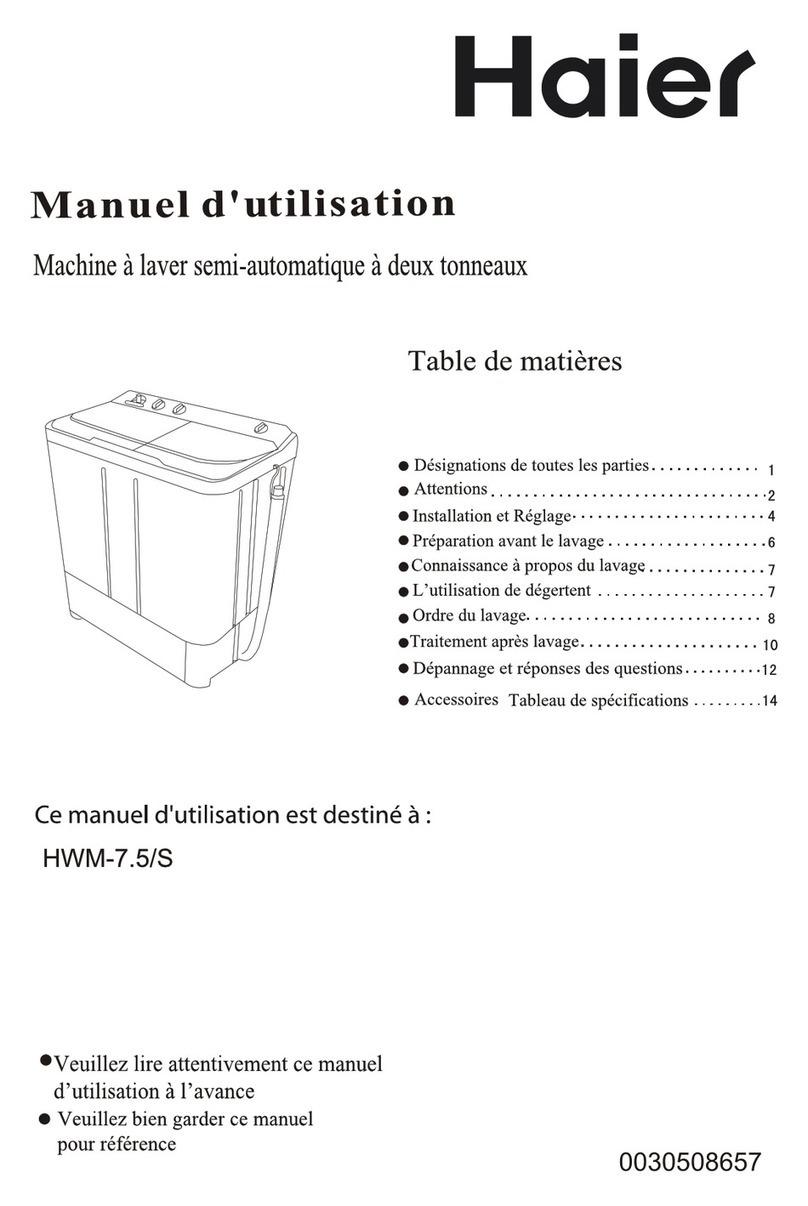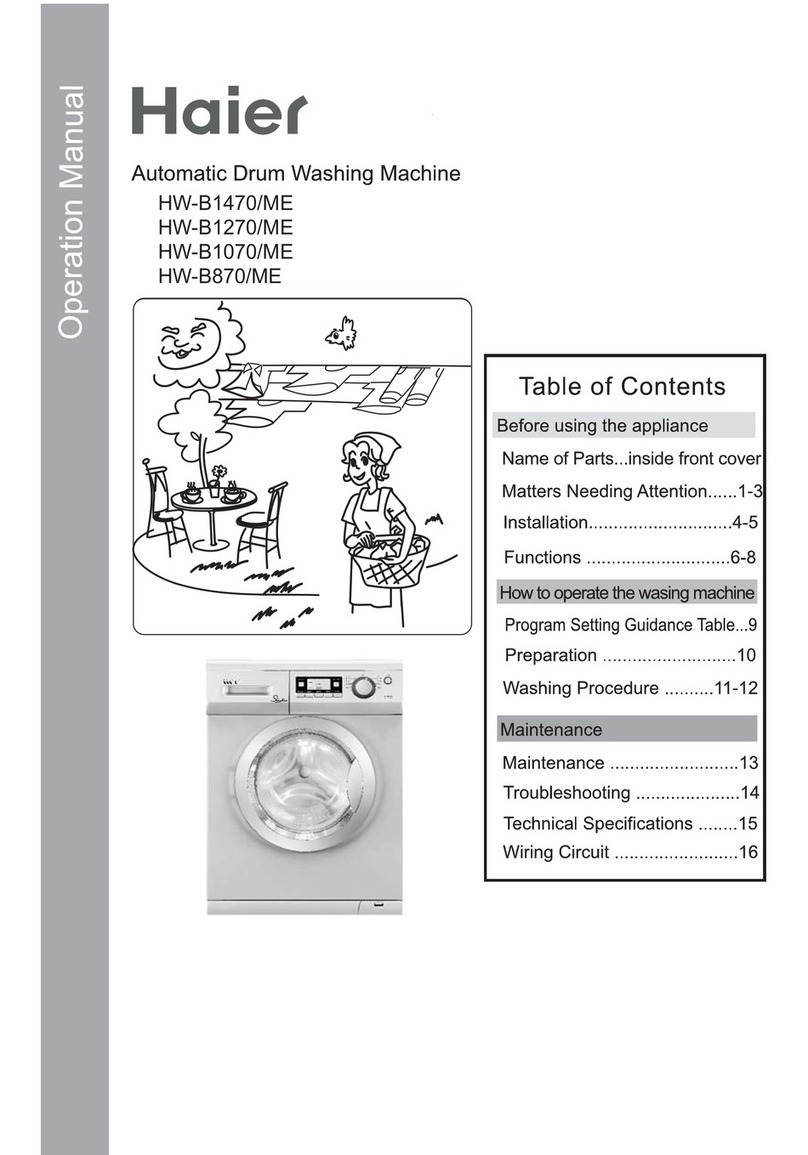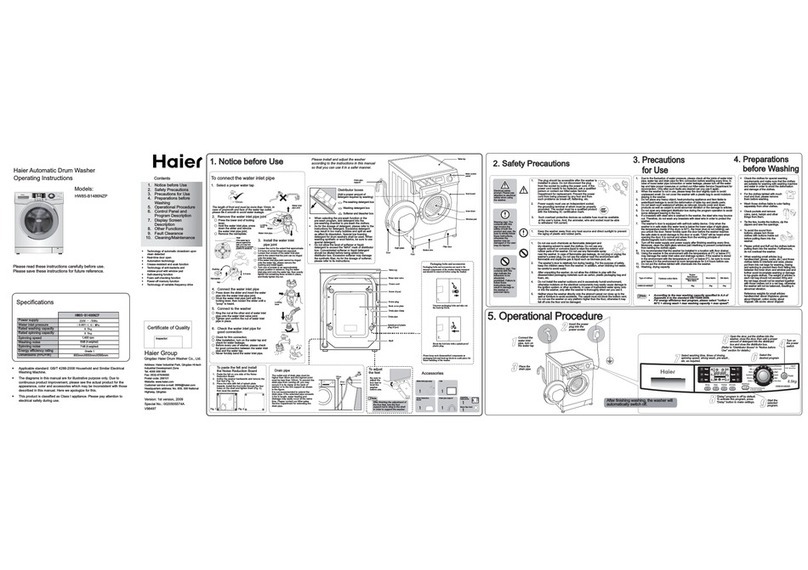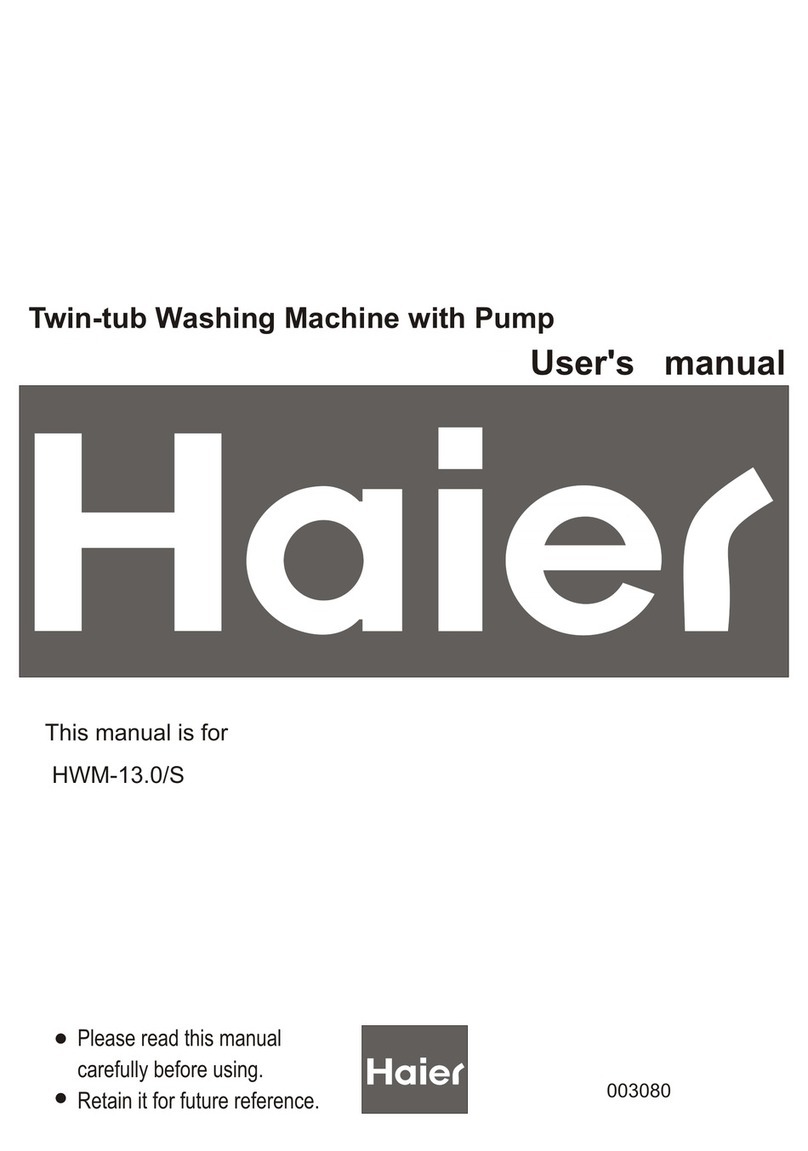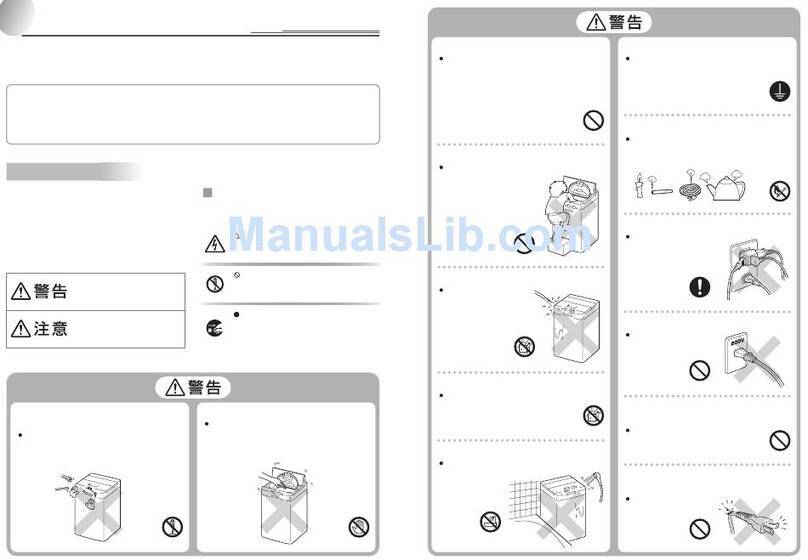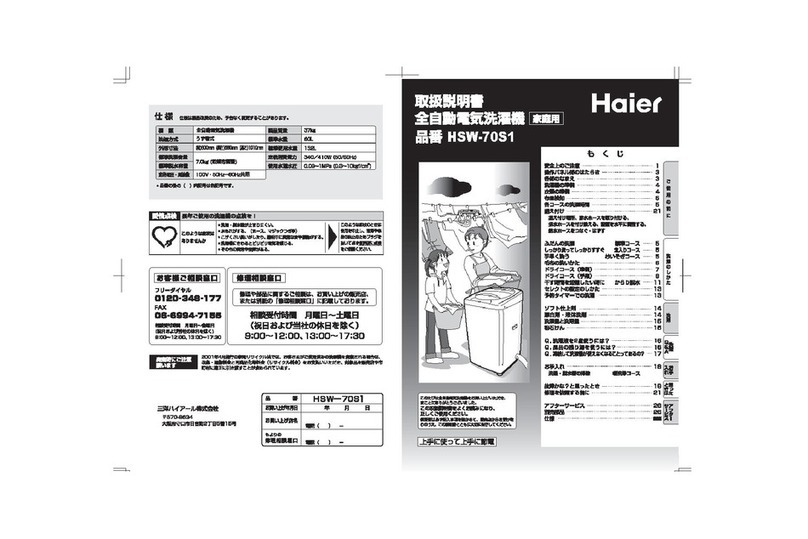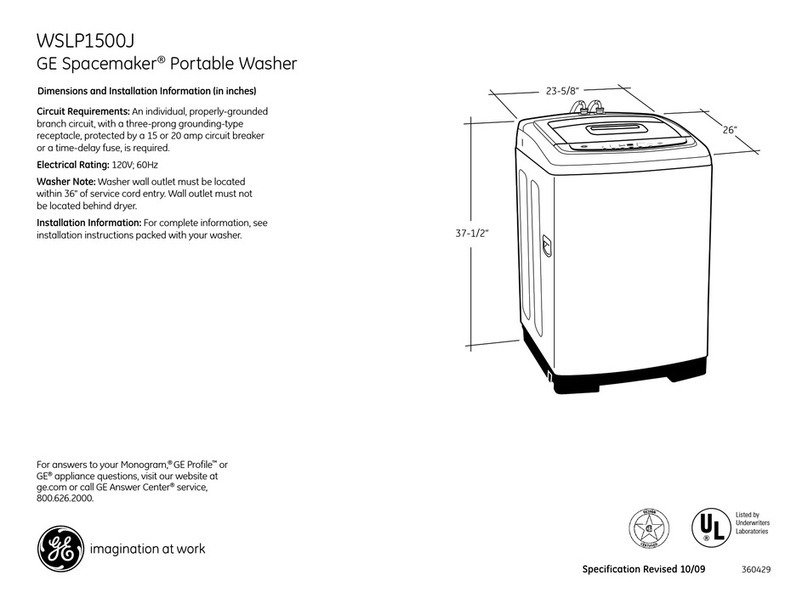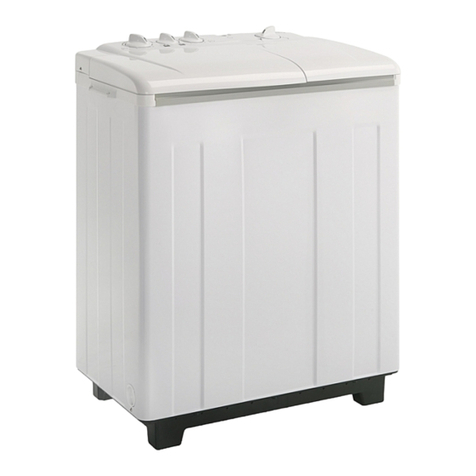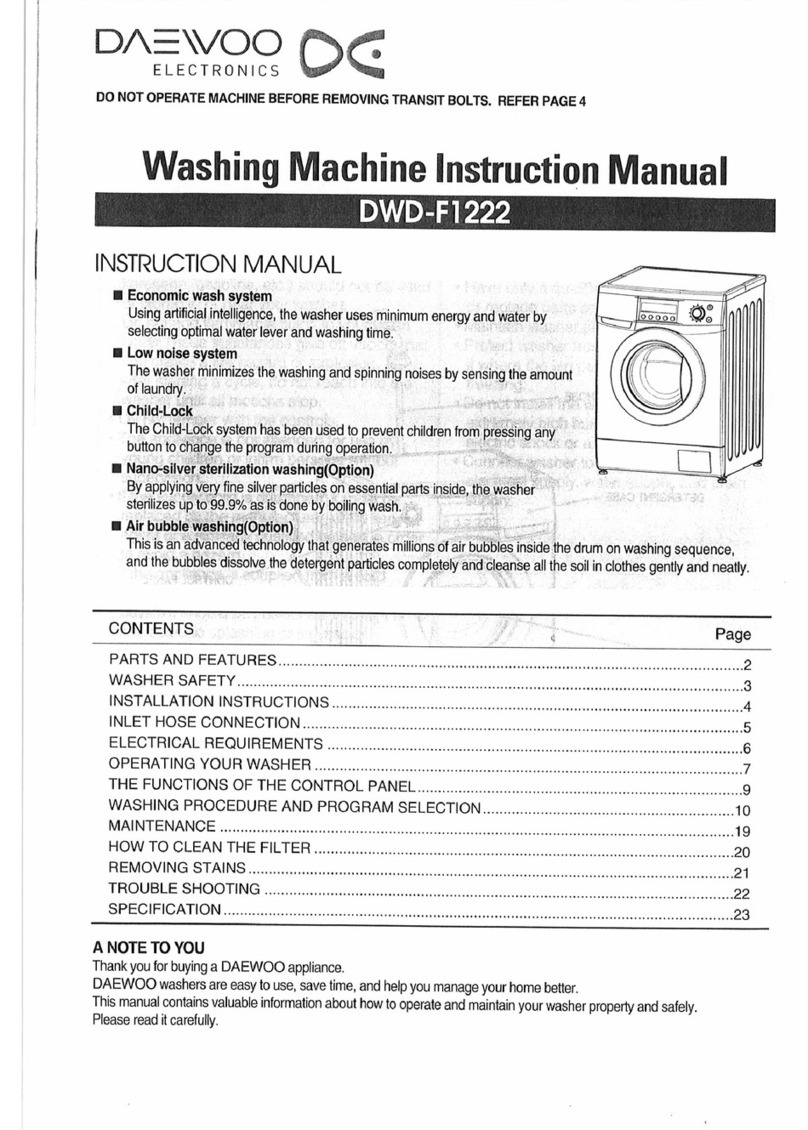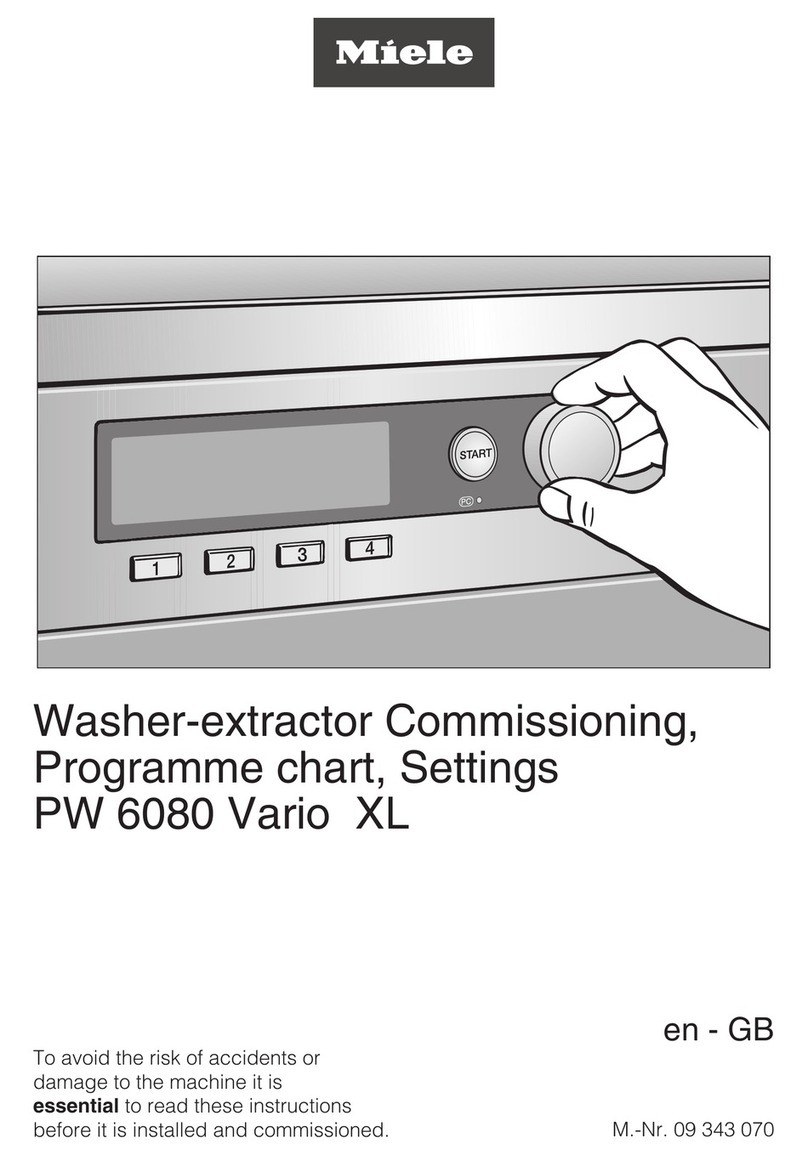1
TABLE OF CONTENTS
IMPORTANT SAFETY INSTRUCTIONS .................................................................2
Installation Safety Precautions..................................................................................... 2
General Safety Precautions .......................................................................................... 3
PARTS AND FEATURES .......................................................................................4
INSTALLATION INSTRUCTIONS.......................................................................... 5
Tools Needed ................................................................................................................. 5
Parts Supplied ................................................................................................................ 5
Location Requirements................................................................................................. 5
Drain System Requirements ......................................................................................... 6
Electrical Requirements ................................................................................................ 7
STEP BY STEP INSTRUCTIONS............................................................................8
Step 1 - Unpack the Washer.......................................................................................... 8
Step 2 - Connect and Secure the Drain Hose ..............................................................9
Step 3 - Connect the Water Hoses............................................................................... 9
Step 4 - Level the Washer ...........................................................................................11
Step 5 - Complete Installation ....................................................................................11
CONTROL PANEL AND FEATURES .................................................................... 12
OPERATING INSTRUCTIONS............................................................................. 15
Step 1 - Prepare and Sort Laundry..............................................................................15
Step 2 - Add Fabric Care Products..............................................................................15
Step 3 - Load the Washer ............................................................................................16
Step 4 - Start the Washer ............................................................................................16
CARE AND CLEANING GUIDE............................................................................ 17
Cleaning and Maintenance..........................................................................................17
Vacationing Precautions .............................................................................................17
Moving or Storage Preparation...................................................................................17
TROUBLESHOOTING........................................................................................ 18
LIMITED WARRANTY ........................................................................................ 20
RECORD KEEPING
Thank you for purchasing this Haier
product. This user manual will help you
get the best performance from your
new washer.
For future reference, record the model
and serial number located on back of
the washer, and the date of purchase.
Staple your proof of purchase to this
manual to aid in obtaining warranty
service if needed.
___________________________________
Model number
___________________________________
Serial number
___________________________________
Date of purchase
